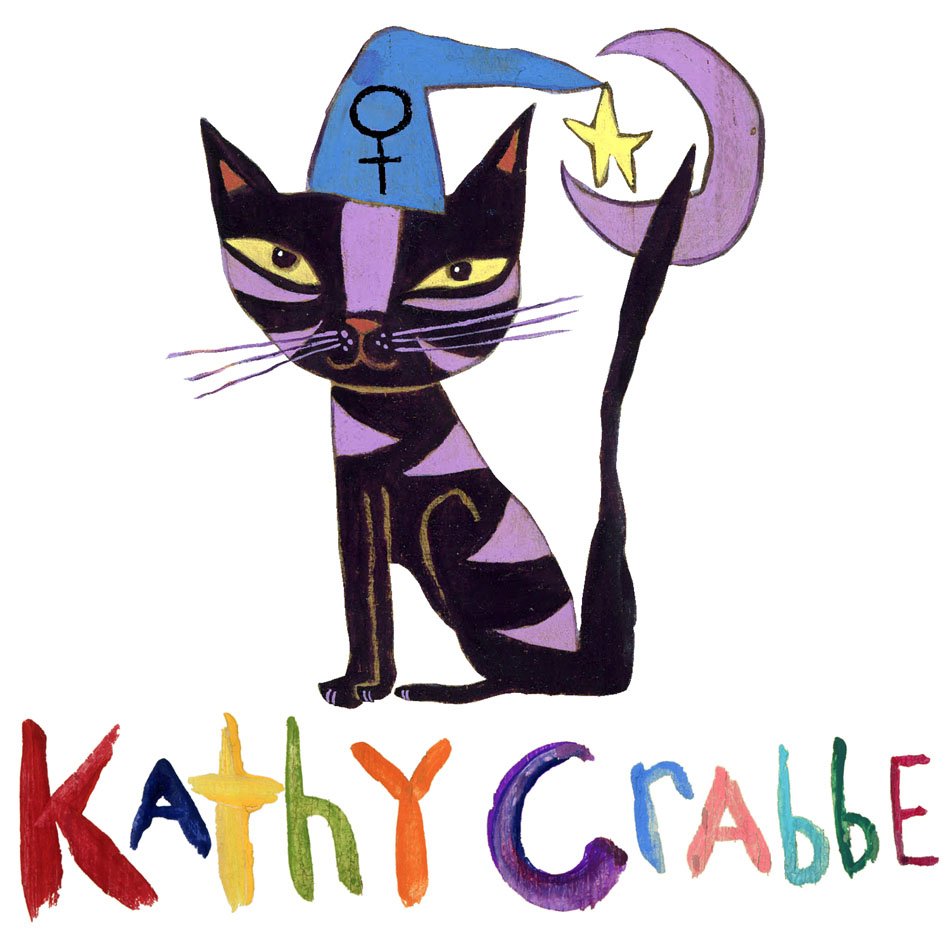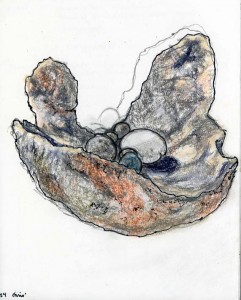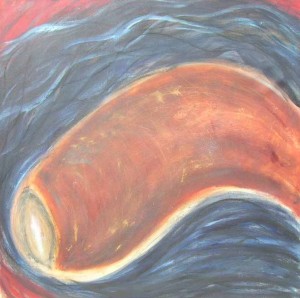Once artists are free to admit that they are crazily passionate about some thing outside of art, that still nourishes their art, you'd be surprised what you hear. I've learned that one artist gets most of her ideas not in the studio but in her garden, another was replenished with ideas by taking the same walk through town every day, another responds to stoop sales and street finds, another was into obscure horror movies, another horse-racing, another visited candy stores and bakeries, and so on. Also, while normal people may have to travel the world to get inspired, it doesn't take a lot to get a creative brain going. This passionate thing, therefore, is usually quite specific, controlled by a careful protocol, often quite secret, hidden, in the manner of Kepler's statement, "I live in a secret frenzy" - possibly the best two-word description ever of the creative brain at work (J.W. Connor, Kepler's Witch, 2004, p. 329), under the surface of an otherwise nondescript life.
This thing, in my view, is a reflection in conscious life and in art of the jumble of images in Andreasen's associative cortex that precedes a eureka moment: it sets the stage, creates a predisposition, for the eureka moment.
Essay by Robert Mahoney, "Eureka: The Creative Brain" from Accelerating on the Curves The Artist's Roadmap to Success by Katharine T. Carter & Associates.
For me, the thing that set off and inspired my Journey into Intimacy series was my desire to find a container, a tabula rasa, a safe place to let out my emotions. It was emotional pain that drove me insistently and unrepentantly to start this series. I literally RAN to find all my painting and drawing materials so that I could start creating BIG. This new series had a lot of emotion to express and capture and it felt BIG. So I grabbed a bolt of silk, attached it to the wall, set out all my acrylics, brushes, pastels and charcoal and began. That was in October of 2009 and I haven't stopped since.
Although the pain that initiated this series has gone away I find myself questioning what thing apart from my art itself, deeply and unconsciously informs my current paintings (still from the Journey into Intimacy series) now painted on canvas since 2012.
The first painting I'd like to explore is "Beginning to see the light" (see above). My emotions around this painting were intense. My best friend, a revolutionary, writer and fighter for the under-dog was visiting me at the time and she was working non-stop, hell-bent on saving the world and especially the United States. I was reading a book she loaned me by Chris Hedges called "Death of the Liberal Class", we visited Mexico (Tijuana), took walks in nature around my property and visited the vineyards nearby where my friend was appalled by the fakery and plastic-ness of the women she encountered. All the tensions and oppositions between the natural beauty of inland Southern California and the horrific damage wrought upon the women here who are madly creating a plastic persona to 'keep up with the Joneses' exploded into this, my first painting on a black gessoed background and before I knew it I'd painted my vision of this horrible beauty; a vision both intoxicating-ly magical and horrifying-ly frightening. The painting felt channeled; it appeared so suddenly and so brilliantly, capturing a split second fluttering in time where amidst the ruin of a culture I felt...something good. So that's why I paint and continue to paint and draw every day.





